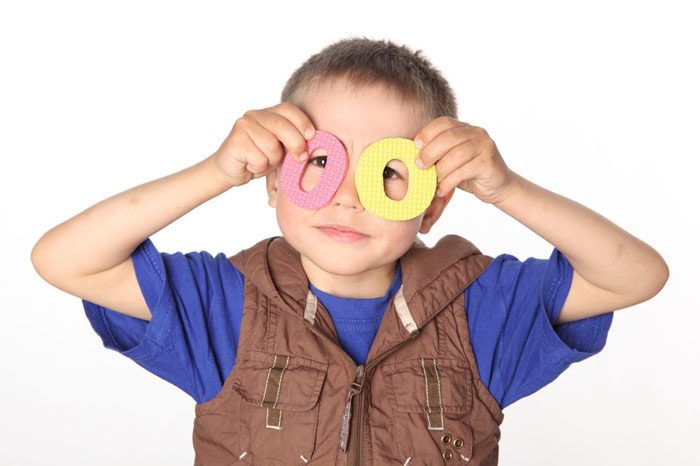7 Signs Your Kid Has Eye Vision Problems
Parents often do not realize that their kid has eye vision problems. Manifestations of poor vision can be misinterpreted as symptoms of very different diseases. Geniuspregnancy.com will tell about the basic signs that point to your kid’s poor eye vision.

Eye vision defects in a child may be congenital or acquired. In the first case, the baby is so accustomed to see the world differently that the parents may not even be aware of the existing problems until the child goes to the optometrist or to school.
If eye vision has impaired after birth, in early childhood, the child can conceal it from the parents for fear of punishment. He/she tries to compensate for his drawback in every possible way, and mom and dad often take the child to a neurologist after observing new habits and changes in behavior.
It is especially important to take care of the student’s eye vision. Early symptoms of poor vision appear at elementary school when the child begins to overload eye vision. At this time, you need to be particularly sensitive to the symptoms listed below.
- The child comes close to the TV set and is often punished for this! In fact, he/she just does not see what is happening on the screen from the usual position on a couch or chair.
- The child squints when trying to see something important, for example, a bus number, a street name written on the house, the face of a familiar person encountered while walking, a word on the board.
- The kid selects an unnatural, forced position of the head when reading a text or leans heavily when writing or drawing.
- He/she complains of headache, dizziness, especially after the visual load: after school, while doing homework, during reading. Parents may not believe the child and think that he/she is trying to avoid schooling. After all, the kid does not complain about headaches when playing. It is getting much worse when reading a book.
- Irritability, excessive excitability, restlessness, and fatigue. These symptoms may be associated with poor eye vision. Eye fatigue often involves the entire nervous system, which can be seen from bad behavior.
- Distorted proportions of drawings may be a sign of severe astigmatism in your 5- or 6-year-old child. This means that the rays from the object that the child looks at are refracted improperly, which leads to an image distortion on the retina.
- Taking pencils from a box, the child selects a pencil of a different color. This can point to color blindness, which is particularly noticeable in boys. Typically, children with a congenital defect learn to distinguish colors according to the shades of gray or just remember that the sky is blue, an apple is green or red, the sun is yellow, and carrots are orange. However, choosing the needed pencil, the child can be systematically wrong.
Never scold the child, if he/she cannot remember the color, draws the apple in a wrong way even after the 10th try, frowns, squints or refuses to read. First of all, consult an optometrist.
Children with visual impairment often demonstrate changes in their character. They become anxious, overly responsible, take everything close to heart, get nervous and cry often. They are driven by the constant fear of giving a wrong answer, making mistakes in reading or drawing, or missing something out of sight. So the main thing for these kids is understanding on the part of parents and timely eye vision treatment.

